Graphics Reference
In-Depth Information
(
)
(
)
L
=-
s
1
d
k
L
,
M
=
0
,
N
=
s
1
-
d
k
N
.
(9.84)
d
1
d
d
2
It follows from Theorem 9.9.23 that F
d
= M
d
= 0 and (p
d
)
u
and (p
d
)
v
are the principal
directions for S
d
. These values and Theorems 9.9.15, 9.9.16, and 9.9.25 prove
9.14.2. Theorem.
(1) The principal normal curvatures of
S
d
are
s
k
s
k
1
2
and
.
1
-
d
k
1
-
d
k
1
2
(2) The Gauss and mean curvatures of
S
d
are
K
Hd
HKd
Hd
-
K
=
and
H
=
s
,
d
d
2
2
12
-
+
Kd
12
-
+
Kd
respectively.
9.15
Ruled Surfaces
An interesting special class of surfaces is the class of ruled surfaces. These are the sur-
faces obtained by sweeping a straight line along a curve.
Definition.
A
ruled surface
is a surface
S
that admits a parameterization of the form
(
)
=
()
+
()
puv
,
qu
v
a
u
,
(9.85)
where q(u) and a(u) are curves called the
base curve
and
directrix
of
S
, respectively,
with |a(u)| = 1. If u is fixed, then p(u,v) generates a line
L
u
that passes through q(u)
and has unit direction vector a(u). These lines are called the
rulings
of
S
. If a(u) is
constant, then
S
is called a
cylinder
. If a¢(u) never vanishes, then
S
is called a
non-
cylindrical surface
. A ruled surface that admits two distinct rulings is called a
doubly
ruled surface
.
9.15.1. Example.
Ordinary cylinders are ruled surfaces. For example, the cylinder
of radius 1 centered on the z-axis can be parameterized by
(
)
=
(
)
+
(
)
puv
,
cos
u
,sin
u
,
0
v
, ,
1
.
More generally, if we sweep a vertical line along a curve
C
in the plane, we get what
are called
generalized cylinders
. See Figure 9.33(a). Cones are also ruled surfaces
because they are obtained by sweeping lines that all intersect in a fixed point
p
along
some curve. See Figure 9.33(b).
9.15.2. Example.
Consider the surface obtained by sweeping rotating lines along
the z-axis that remain parallel to the xy-plane and that is parameterized by





